Swiss Sirius Jet electric aircraft is equipped with about 20 propellers for vertical take-off and uses liquid hydrogen fuel for long range.
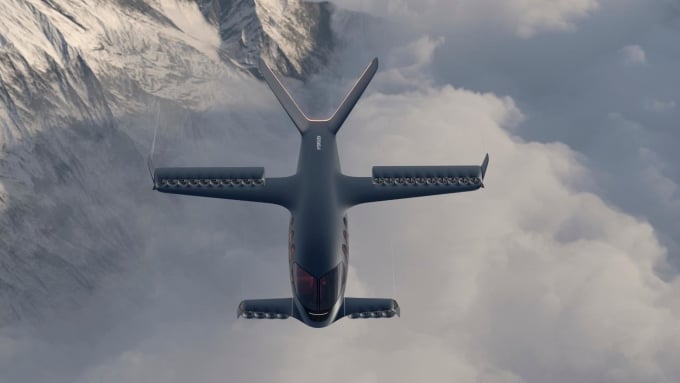
Design of the Sirius Jet electric aircraft powered by liquid hydrogen. Photo: Sirius Aviation AG
Swiss startup Sirius Aviation AG is developing the Sirius Jet, a vertical takeoff and landing electric aircraft with a range of 1,850 km and a top speed of 520 km/h, using a clean liquid hydrogen powertrain, New Atlas reported on January 10. To fly vertically, the aircraft uses about 20 electric propellers measuring just 30 cm in diameter.
Sirius Aviation AG’s engineering team began work on the Sirius Jet in 2021. The company said it has begun the process of obtaining certification from the US Federal Aviation Administration (FAA). The prototype is expected to make its first flights in 2025. The aircraft is expected to be fully certified and begin commercial flights in 2028.
The Sirius Jet looks like a smaller version of Germany’s Lilium Jet, an electric vertical takeoff and landing aircraft, but it runs on hydrogen for higher energy density and longer range. It also uses thrust directed by rows of propellers instead of just tilting the thrusters like the Lilium Jet.
To reach the maximum range of 1,850 km, passengers need to use the Business version with a capacity of 3 passengers. With the Millennium version that can carry 5 passengers, part of the space for the hydrogen tank is replaced by 2 seats, reducing the operating range to 1,046 km. However, this figure is still more than 4 times the range of 200 - 250 km of the electric plane using Lilium Jet batteries. Thus, Sirius Jet can operate on routes such as Los Angeles - San Francisco, London - Berlin, Melbourne - Sydney or Beijing - Seoul.
The Sirius Jet will face many difficulties in production and practical use. One of the major problems is liquid hydrogen fuel. Liquid hydrogen has a huge energy content and is suitable for long-distance flights. But this type of fuel needs to be kept at extremely cold temperatures, around -253 degrees Celsius, at all stages of distribution, filling and flying. The use of liquid hydrogen in the aviation industry is also not yet developed. The world's first manned flight using liquid hydrogen only took place in September last year. This flight was carried out by the German company H2Fly using a HY4 aircraft.
Thu Thao (According to New Atlas )
Source link






![[Photo] Prime Minister Pham Minh Chinh chairs a meeting of the Steering Committee for key projects in the transport sector.](https://vphoto.vietnam.vn/thumb/1200x675/vietnam/resource/IMAGE/2025/5/10/0f4a774f29ce4699b015316413a1d09e)
![[Photo] General Secretary To Lam holds a brief meeting with Russian President Vladimir Putin](https://vphoto.vietnam.vn/thumb/1200x675/vietnam/resource/IMAGE/2025/5/10/bfaa3ffbc920467893367c80b68984c6)



















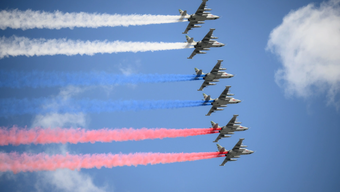

























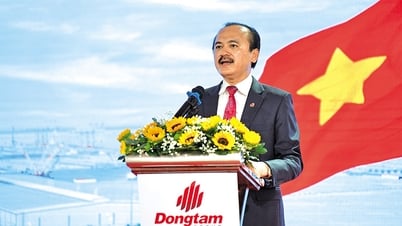

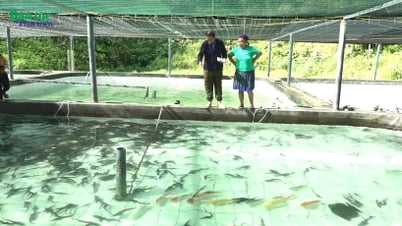

























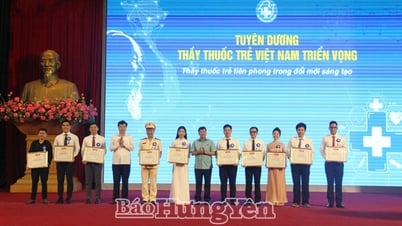

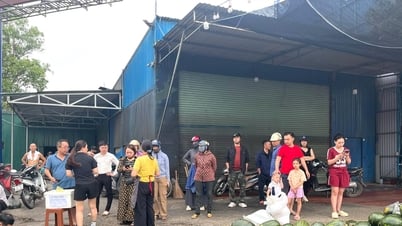



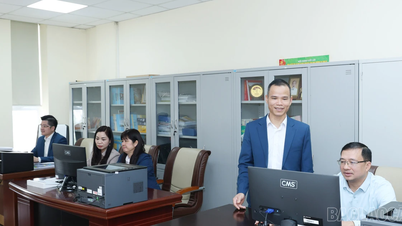

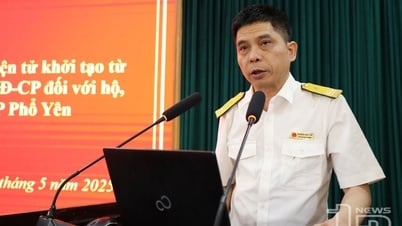













Comment (0)